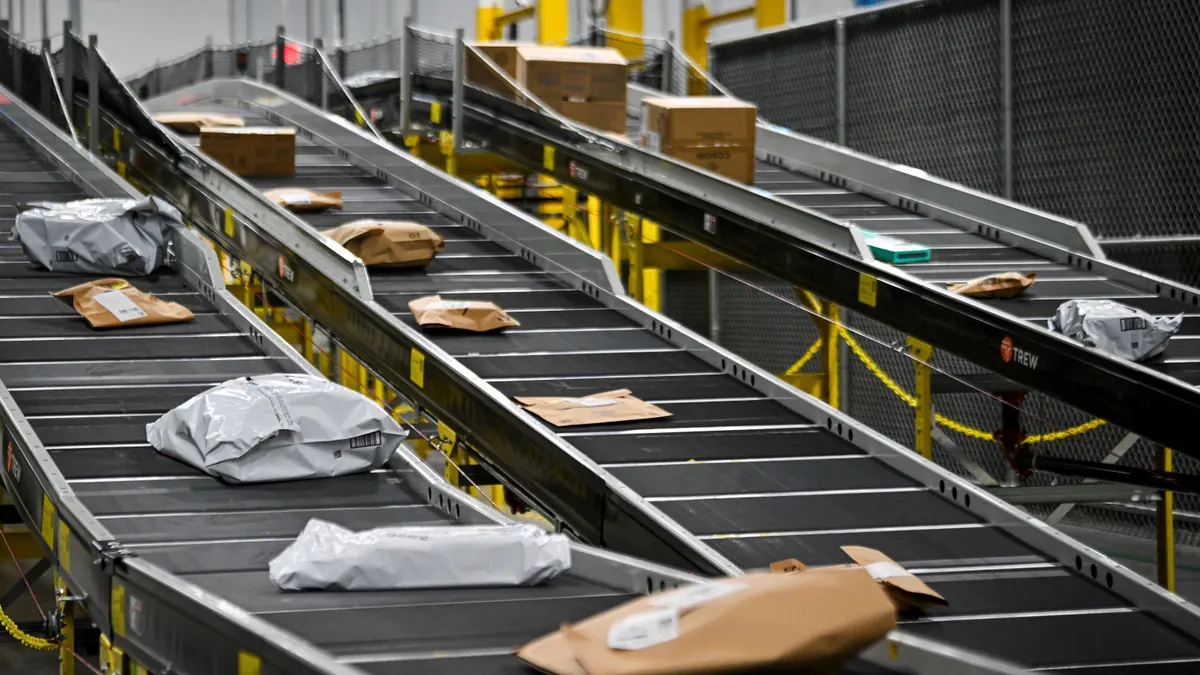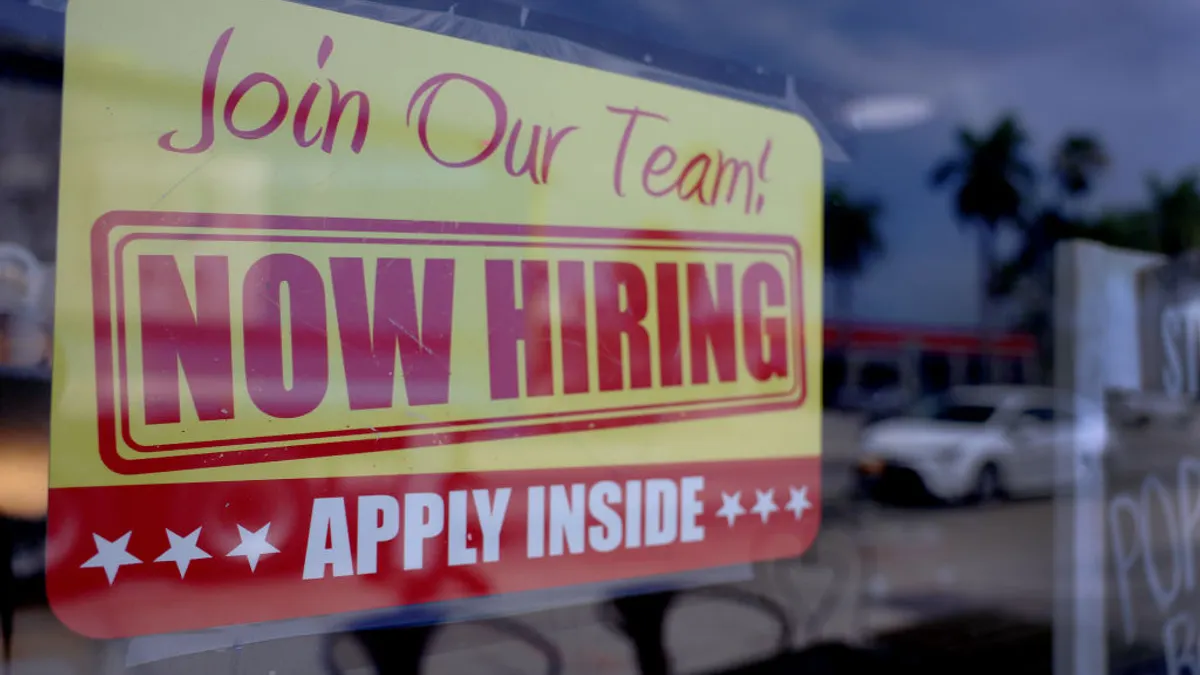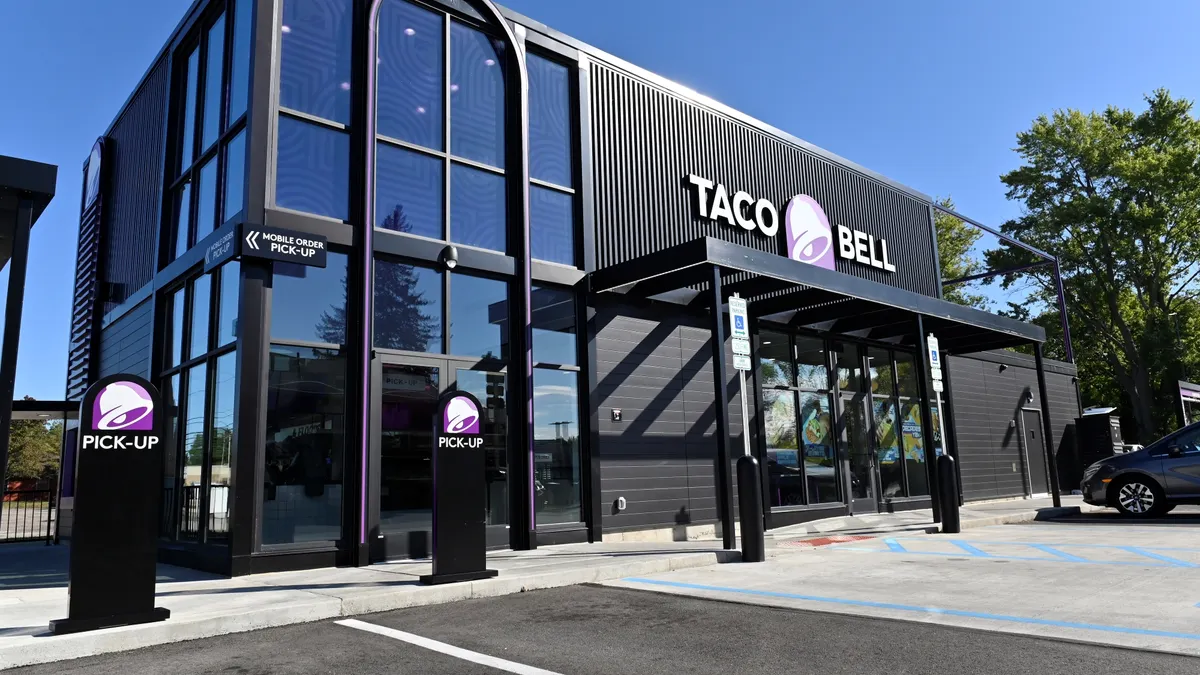Technology promises to change the recruitment industry for the better, freeing up recruiters to better engage with candidates and land those key hires. But the job is unlikely to get any easier thanks to the current state of the talent market — meaning employers will need all the leverage they can get.
What will that leverage look like in 2019 and beyond? HR Dive discussed that and more with Irina Novoselsky, CareerBuilder’s CEO, over an email exchange. The following conversation has been edited for clarity and length.
HR Dive: What do you think will be trending in recruitment in 2019 and beyond?
Irina Novoselsky: We have seen solid growth throughout 2018 along with low unemployment, increased productivity and improved consumer confidence, and we anticipate that this trend will continue into 2019. U.S. employers have shared this optimism which has fueled increased hiring for both full-time/permanent staff and gig workers.
With increased job creation there has been an upsurge in competition for talent which has exacerbated the impact of the skills gap in potential candidates, making recruiting challenging for employers. As competition intensifies, in addition to offering competitive salaries, companies are seeing that they need to be more aggressive about offering employee benefits and perks like flexible work hours, casual dress codes on Fridays and the ability to work remotely.
Employers also will need to put more emphasis on streamlining and increasing efficiencies in their recruitment and onboarding processes in 2019 to bring in top talent. A recent survey of hiring managers and employees that we recently conducted with SilkRoad indicated that 20% of candidates give less than 10 minutes to a job application, and 51% of employees continue looking for other jobs after an offer has been extended and they’re going through the background check process.
As we move into 2019, we are already seeing employers increasing their focus on campus recruiting, as 64% of businesses focused on hiring recent college graduates throughout 2018, and 39% of top companies leverage alumni networks when recruiting.
Employers also are looking overseas for key talent, with 23% planning to hire workers from other countries. Recruiters are even hiring former employees who left on good terms, as they know the candidate will understand the culture before joining the team.
Additionally, employers are planning to invest in employee training and development through reskilling and upskilling. When recruiting from outside their organizations, companies may also hire candidates who are not 100% qualified, but are on the right career trajectory and can grow with the company.
HR Dive: Is there anything recruiters will do less of in the coming years?
Novoselsky: Employers will likely loosen their focus on selecting candidates based on their level of education, and stop requiring a bachelor’s degree for new hires. Instead, they'll likely invest in providing competency-based training for workers who may not have received a formal higher education. At CareerBuilder, we do not require a college degree in all of the job listings for our company, because we recognize that people are schooled in different ways and we may be missing out on great talent for some roles with that requirement.
HR Dive: Will we continue to see skills gaps in the near future?
Novoselsky: While we do not believe that the skills gap will be eliminated entirely, employers will find new ways to adapt to a changing workforce by helping current employees upskill and reskill, and offering competency-based training to job candidates who may not have all of the skills needed for a job, but fit what the company is looking for in other ways.
HR Dive: Do you think the applicant pool will loosen up for employers?
Novoselsky: We do not foresee the applicant pool loosening up this time, since we anticipate that 8.3 million new jobs will be added over the next five years, in addition to data from the U.S. Department of Labor that shows a projected increase in the number of Americans joining the labor force.
HR Dive: Any thoughts on what the next "must have" skills will be?
Novoselsky: As we look ahead to the next five years, we’re seeing that more jobs across all industries – not just STEM – are requiring tech in their daily tasks. As this trend continues to grow, candidates will need to continue education and pursue upskilling to meet requirements of the changing workforce. Aside from tech skills, the top common skills include management, integration, infrastructure and communications.
HR Dive: Where can we expect to see growth?
Novoselsky: We have found that positions in healthcare, construction, manufacturing, transportation and warehousing have been the biggest drivers of job growth, while in previous years these positions had been most difficult to fill. Currently, employers are having the most difficulty filling the positions across a larger variety of industries — web developers, HR managers, industrial engineers, heavy and tractor-trailor truck drivers, information security analysts and more.
HR Dive: What's next for CareerBuilder?
Novoselsky: In the coming year, we will continue to focus on technological development, diversity and solutions to combat the skills gap.
We'll continue to focus on innovating our tech solutions by leading the charge in AI innovation. We believe this next wave of mobile innovation is going to create a major disruption in how companies connect with talent and how workers build their careers.
Diversity is passion of ours that we want reflected through our candidates and clients. In September, I became the first female CEO at CareerBuilder and although I‘m proud to have this distinction, I look forward to the day when we no longer have to say "female CEO." We are continuing to build out our executive team with a focus on diversity, and encourage our clients to follow suit as we believe that diversity in recruiting can strengthen organizations.
We also are seeing a trend of employers and job seekers struggling to navigate tight labor pools, skills gap and a disparity in access to education and career opportunities. In our mobile app, job seekers are shown higher paying jobs that require minimal training, along with options for obtaining additional skills, which underscores our focus on education. These features help workers to identify how they can make career shifts and navigate the job market to move into higher-wage jobs or switch industries.



















